How Does Wifi Work For A Camera ?
WiFi works for a camera by enabling wireless communication between the camera and other devices such as smartphones, tablets, or computers. The camera needs to have built-in WiFi capabilities or be connected to a WiFi adapter. Once connected to a WiFi network, the camera can transmit and receive data wirelessly.
With WiFi, the camera can perform various functions. It can transfer photos and videos directly to other devices, allowing for quick and convenient sharing or backup. Some cameras also support remote control via WiFi, enabling users to adjust settings, trigger the shutter, or view the camera's live feed from a connected device.
To use WiFi on a camera, users typically need to install a companion app on their smartphone or tablet. This app allows them to connect to the camera, access its features, and transfer files. The camera and the device need to be on the same WiFi network for communication to occur.
Overall, WiFi enhances the functionality and versatility of cameras, providing seamless connectivity and enabling users to easily share and control their photographic content.
1、 Wireless Communication Protocols for Camera Connectivity
Wireless Communication Protocols for Camera Connectivity
Wireless connectivity has become an essential feature in modern cameras, allowing users to easily transfer photos and videos to other devices without the need for cables. The most common wireless communication protocol used in cameras is Wi-Fi (Wireless Fidelity).
Wi-Fi works by transmitting data over radio waves. The camera is equipped with a Wi-Fi chip that enables it to connect to a wireless network, just like any other Wi-Fi-enabled device. The camera can either connect to an existing Wi-Fi network or create its own network, known as a hotspot, to which other devices can connect.
Once connected to a Wi-Fi network, the camera can communicate with other devices such as smartphones, tablets, or computers. This allows users to transfer photos and videos wirelessly, view live previews on a larger screen, or remotely control the camera using a mobile app.
The latest advancements in Wi-Fi technology have significantly improved the speed and range of wireless connectivity for cameras. The introduction of Wi-Fi 6 (802.11ax) offers faster data transfer rates, reduced latency, and improved performance in crowded environments. This means that users can transfer large files more quickly and experience smoother remote control of their cameras.
In addition to Wi-Fi, some cameras also support other wireless communication protocols such as Bluetooth and NFC (Near Field Communication). Bluetooth allows for low-power, short-range communication between the camera and other devices, while NFC enables quick and easy pairing by simply tapping the camera and the device together.
Overall, wireless communication protocols have revolutionized camera connectivity, providing users with greater flexibility and convenience in transferring and controlling their photos and videos. As technology continues to advance, we can expect further improvements in wireless connectivity for cameras, enhancing the overall user experience.

2、 Camera Wi-Fi Setup and Configuration
Camera Wi-Fi Setup and Configuration
Wi-Fi connectivity has become a standard feature in many modern cameras, allowing users to easily transfer photos and videos wirelessly to their smartphones, tablets, or computers. But how does Wi-Fi work for a camera?
Camera Wi-Fi setup and configuration typically involve a few simple steps. First, the camera needs to be connected to a Wi-Fi network. This can be done by accessing the camera's settings menu and selecting the appropriate network. Some cameras have a built-in Wi-Fi hotspot, while others require connection to an existing network.
Once connected, the camera can communicate with other devices on the same network. This allows users to transfer files, remotely control the camera, or even stream live footage. The camera acts as a Wi-Fi client, similar to a smartphone or laptop, and uses the Wi-Fi protocol to establish a connection.
The Wi-Fi protocol used by cameras is typically based on the IEEE 802.11 standard, which is the same standard used by most wireless devices. This allows for compatibility with a wide range of Wi-Fi networks and devices.
In terms of security, camera manufacturers have implemented various measures to protect the wireless connection. This includes encryption protocols such as WPA2, which ensures that the data transferred between the camera and other devices is secure.
The latest advancements in camera Wi-Fi technology have also introduced features like NFC (Near Field Communication) and Bluetooth connectivity. NFC allows for quick and easy pairing between the camera and a smartphone by simply tapping them together. Bluetooth can be used for low-power connections, such as remote control or transferring small files.
Overall, camera Wi-Fi setup and configuration have made it more convenient for photographers to transfer and share their images. With the continuous advancements in wireless technology, we can expect even more seamless integration between cameras and other devices in the future.

3、 Transmitting and Receiving Data via Wi-Fi for Cameras
Transmitting and receiving data via Wi-Fi for cameras has become increasingly popular in recent years, revolutionizing the way we capture and share images. Wi-Fi-enabled cameras allow users to wirelessly transfer photos and videos to other devices such as smartphones, tablets, or computers, eliminating the need for physical connections or memory cards.
The process of how Wi-Fi works for cameras involves a few key steps. First, the camera needs to establish a connection to a Wi-Fi network. This can be done by entering the network's password or using WPS (Wi-Fi Protected Setup) if supported. Once connected, the camera can transmit data over the network.
To transfer photos or videos, the camera typically uses a wireless protocol called Wi-Fi Direct or a variant of it. Wi-Fi Direct allows devices to connect directly to each other without the need for a traditional Wi-Fi network. This means that even if you're in a location without Wi-Fi access, you can still transfer files between your camera and other devices.
Once the connection is established, the camera can send the image or video data to the receiving device. The receiving device must have compatible software or an app installed to receive and display the files. Some cameras also support remote control functionality, allowing users to control camera settings and capture images remotely from their smartphone or tablet.
It's worth noting that the speed and range of Wi-Fi connections can vary depending on the camera model and the Wi-Fi network's capabilities. The latest advancements in Wi-Fi technology, such as the introduction of Wi-Fi 6 (802.11ax), offer faster speeds and improved performance, allowing for smoother and more efficient data transfer.
In conclusion, Wi-Fi-enabled cameras have simplified the process of transferring and sharing photos and videos. With the ability to connect directly to other devices or Wi-Fi networks, users can quickly and wirelessly transmit their media, making it easier than ever to capture and share moments on the go.

4、 Wi-Fi Range and Signal Strength for Camera Connectivity
Wi-Fi connectivity has become an essential feature in modern cameras, allowing users to easily transfer photos and videos wirelessly to their smartphones, tablets, or computers. But how does Wi-Fi work for a camera?
Wi-Fi, short for Wireless Fidelity, uses radio waves to transmit data between devices. In the case of a camera, it typically has a built-in Wi-Fi module that enables it to connect to a Wi-Fi network or create its own network. This allows the camera to communicate with other devices, such as smartphones or computers, that are connected to the same network.
To establish a Wi-Fi connection, the camera needs to be within range of a Wi-Fi network. The range of Wi-Fi can vary depending on several factors, including the environment and any obstacles that may interfere with the signal. Generally, Wi-Fi signals can reach up to a few hundred feet, but the actual range can be affected by walls, furniture, or other electronic devices that may cause interference.
The signal strength of the Wi-Fi connection is also crucial for camera connectivity. A strong signal ensures a stable and reliable connection, minimizing the chances of data loss or interruptions during file transfers. However, if the camera is too far from the Wi-Fi source or if there are significant obstructions, the signal strength may weaken, leading to slower transfer speeds or even disconnections.
It's worth noting that the latest advancements in Wi-Fi technology, such as the introduction of Wi-Fi 6 (802.11ax), offer improved performance and increased range compared to previous generations. Wi-Fi 6 utilizes advanced techniques to enhance signal strength and reduce interference, making it a promising option for camera connectivity.
In conclusion, Wi-Fi enables cameras to connect wirelessly to other devices, allowing for convenient file transfers. The range and signal strength of the Wi-Fi connection are crucial factors that determine the quality of camera connectivity. As technology continues to evolve, we can expect further improvements in Wi-Fi range and signal strength, enhancing the overall camera experience.
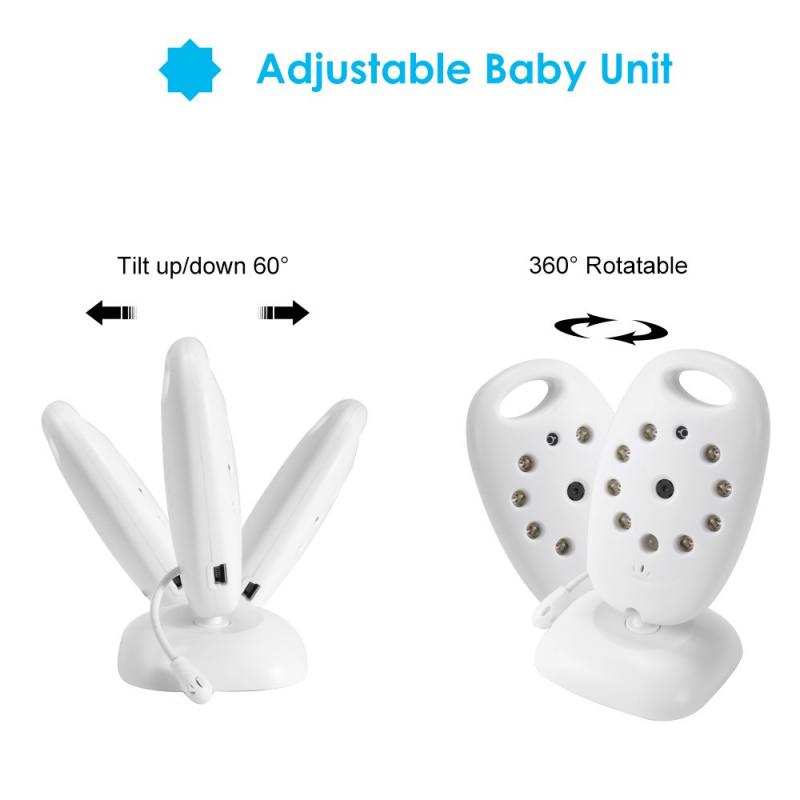









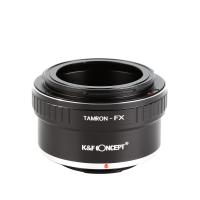


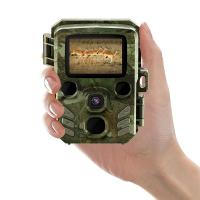
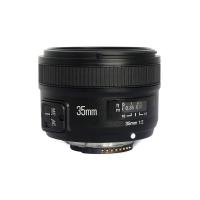


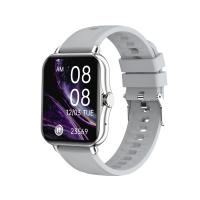

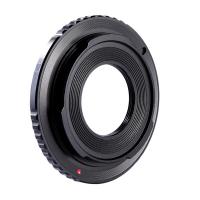
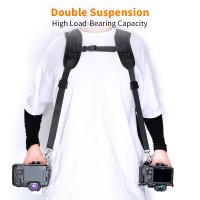
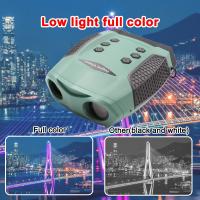
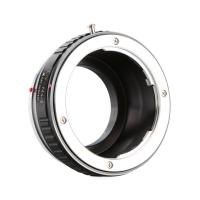
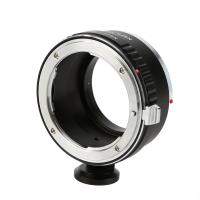




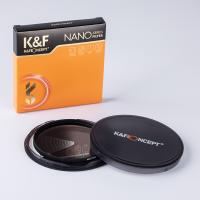
There are no comments for this blog.